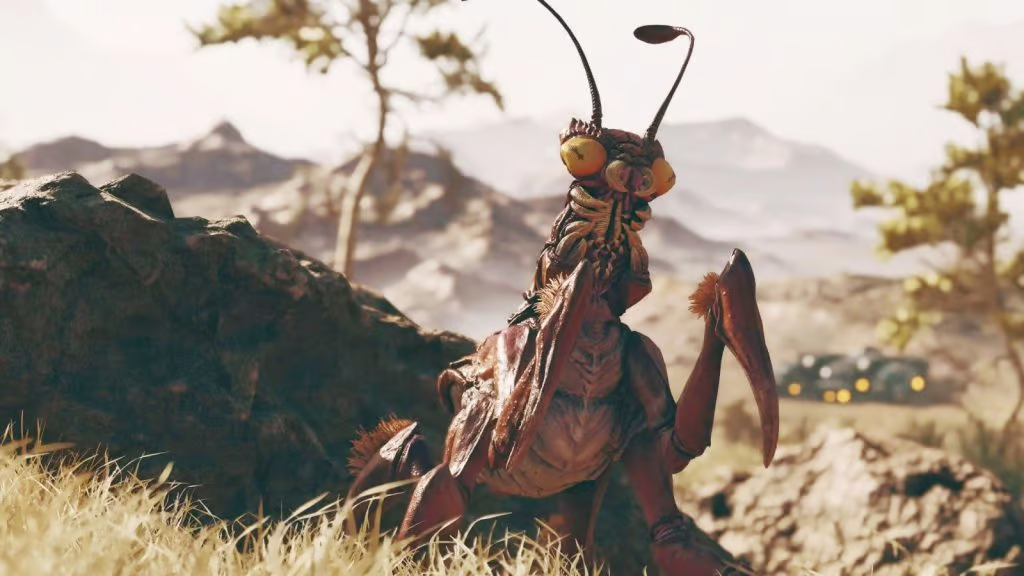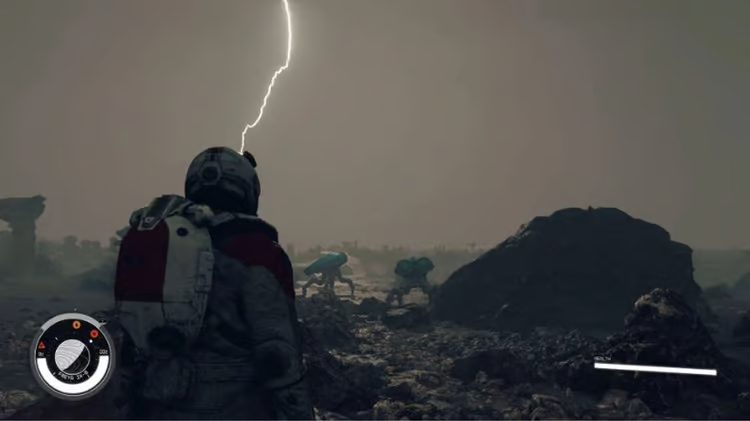Starfield, Bethesda’s upcoming sci-fi RPG, is shaping up to be a game full of strange and wonderful sights. From hamburger-shaped spaceships to Skynet hijacking your ship, there’s something for everyone.
But what’s really got gamers talking is a photo mode capture of how Starfield’s rain works.
In most video games, rain is concentrated to a small area in the immediate vicinity of the player. This is because rendering rain across the entire world would be too computationally expensive.
But in Starfield, the rain is attached to the player character. This means that when you zoom out in photo mode, the rain follows you around like a Truman Show effect.

Some players have reported that this is a bug, while others believe that it’s a deliberate feature. Bethesda hasn’t commented on the issue yet, so it’s unclear whether it will be fixed in the final game.
But one thing is for sure: the rain bug has led to some hilarious photo mode captures. Here are a few of our favorites:
- A player standing in a desert with a rain cloud following them around.
- A player standing on a mountaintop with a rainbow arching over their head, while the rain falls all around them.
- A player taking a selfie with a spaceship in the background, while the rain falls on their face.
Whether it’s a bug or a feature, the rain in Starfield is sure to provide players with some memorable moments.

Additional Information:
- The rain bug is similar to another bug that’s been causing asteroids to follow players’ ships around like pets.
- In a more extreme example of this bug, one player had the entire city of New Atlantis cling to their character.
- Game developers in the comments have confirmed that the rain bug is most likely a bug, and that Bethesda likely meant for the rain to lock to the camera in photo mode.
- It’s unclear whether Bethesda will fix the rain bug in the final game.
Conclusion:
The rain bug in Starfield is a hilarious bug that has led to some creative photo mode captures. It’s unclear whether Bethesda will fix the bug in the final game, but it’s sure to provide players with some memorable moments.

